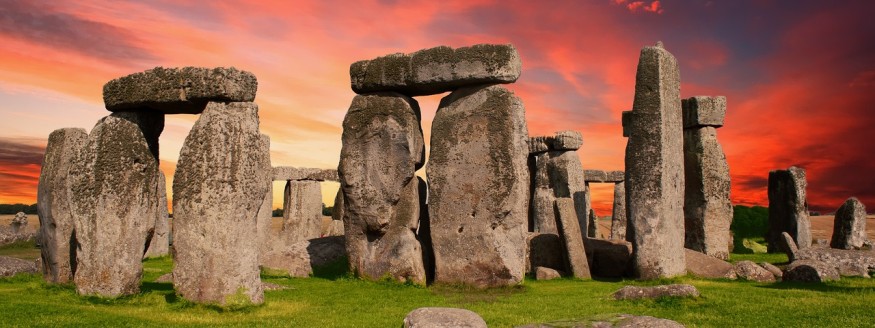A ceremonial route to Stonehenge's great circle and a neighboring location where ancient hunter-gatherers shared feasts with the first British farmers have been rescued from contemporary cultivation.

Restoration Efforts
The lands will be restored as chalk grassland, benefiting flora and animals such as wildflowers, butterflies, and hares, to open them to the public in the future.
A portion of the Avenue, which stretches 1.5 miles from the banks of the River Avon to the main Stonehenge circle, is one of the locations.
Acquisitions
If and when the new part reopens following repair, it will offer current visitors a clearer sense of how pilgrims must have approached the circle thousands of years ago.
The second purchase is land at Coneybury, which has a Neolithic feasting pit and is over mile south-east of the circle and adjacent to another henge erected around 2,700BC, just before Stonehenge. The pit included the bones of cattle grown by early farmers and deer taken by hunter-gatherers, suggesting it was a meeting site for the two groups.
Six monuments, including the section of the Avenue, the Coneybury pit, and the henge, have been removed from Historic England's at-risk list due to the National Trust's acquisition of the two sites, which cover a total of around 170 hectares (420 acres).
Keeping Watch
The conservation group watches after the last length of the Avenue before it reaches the circle, but with the purchase, it will now be responsible for the whole road north of the A303.
The regions will be reverted to chalk grassland, according to Nick Snashall, the trust's archaeologist for the Stonehenge and Avebury world heritage site. There may be further excavation and, perhaps, public access in the future.
Harmful Arable Farming
Both locations, she claimed, had been used for arable farming in recent years, with wheat being the predominant crop and had been destroyed by plowing.
Arable farming, she explained, can be highly harmful to archaeology, destroying more and more of the story of the people who constructed and utilized the monuments in this region year after year. It's excellent news that they've taken the most crucial step in decades toward conserving these monuments by taking on this extra property. They are both establishing a home for wildlife and guaranteeing that this landscape's tales will be here for everyone to explore and appreciate far into the future by restoring them to species-rich chalk grassland.
Since WWII, more than 80% of the UK's chalk grassland has been gone, with Wiltshire accounting for over half of the remaining grassland.
The National Trust looks for more than 800 hectares of land surrounding the Stonehenge monument and has run one of Europe's largest grassland reversion programs for the past 20 years. Brown hares, skylarks, and Adonis blue butterflies currently live there, and wildflowers, including sainfoin, cowslip, and prickly poppy.
"We have been working for years to convert more of the Stonehenge world heritage site to chalk grassland, which, in addition to conserving the archaeology, will let nature thrive," said Rebecca Burton, the National Trust's regional director. It means that visitors will be able to see a landscape that would have been more familiar to Stonehenge's creators."
Maximizing the Area
According to Duncan Wilson, the chief executive of Historic England, some of these sites around Stonehenge, including part of the Avenue, were susceptible to ongoing arable farming. They are delighted that the National Trust has obtained conservation ownership and control of this site, allowing six major monuments to be removed from our heritage at-risk list and additional significant archaeological remains to be protected.
This will also assist in promoting broader access to the landscape, a step closer to the thrilling prospect of people once again walking the ceremonial path down the Avenue in the future.
For more similar news, don't forget to follow Nature World News!
© 2025 NatureWorldNews.com All rights reserved. Do not reproduce without permission.





